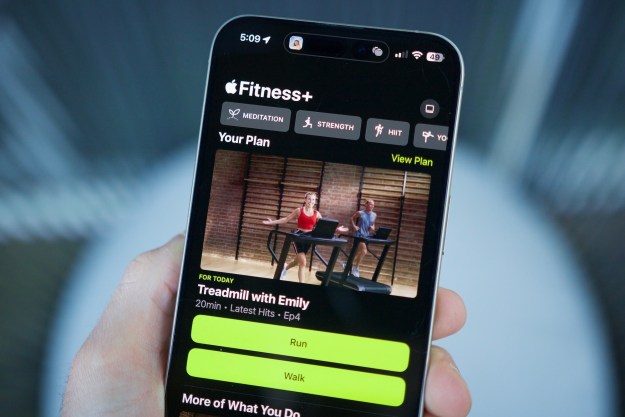iPhones may soon be able to function as mobile payment terminals with the help of technology from a startup that Apple reportedly acquired.
The technology of Montreal, Canada-based Mobeewave allows shoppers to make payments by tapping their credit card or smartphone on another smartphone. The startup’s app only requires NFC chips to work, eliminating the need for additional hardware such as card terminals.
Mobeewave details how its app handles transactions on its official website. After typing in the transaction amount in the app, the customer’s credit card will then be tapped at the back of the smartphone. The app will then process the payment.
Apple purchased Mobeewave for about $100 million, Bloomberg reported, citing a source familiar with the matter. The startup’s technology will work with iPhones, which have carried NFC chips since 2014. Apple retained Mobeewave’s dozens of employees, who will continue to work out of Montreal, the sources said.
Digital Trends has reached out to Apple and Mobeewave for confirmation and further comments on the acquisition, and we will update this article as soon as we hear back.
Apple’s payments tech
Apple launched Apple Pay in 2014, which allows iPhone owners to pay for their purchases by tapping their devices on store terminals. This was followed last year by the Apple Card, which was launched in partnership with Goldman Sachs and MasterCard.
If Apple integrates Mobeewave’s technology into Apple Pay and Apple Card on iPhones, it will more directly compete with Square, which provides hardware and software for mobile payment options.
Editors' Recommendations
- I don’t think Apple wants me to buy the new iPad Pro
- Apple’s new iPad Air is official, with a lot of big upgrades
- I found an amazing new way to use my iPhone 15 Pro Max
- One of the most iconic iPhone accessories is back — and it’s great
- Apple’s new iPad Air could be in trouble


